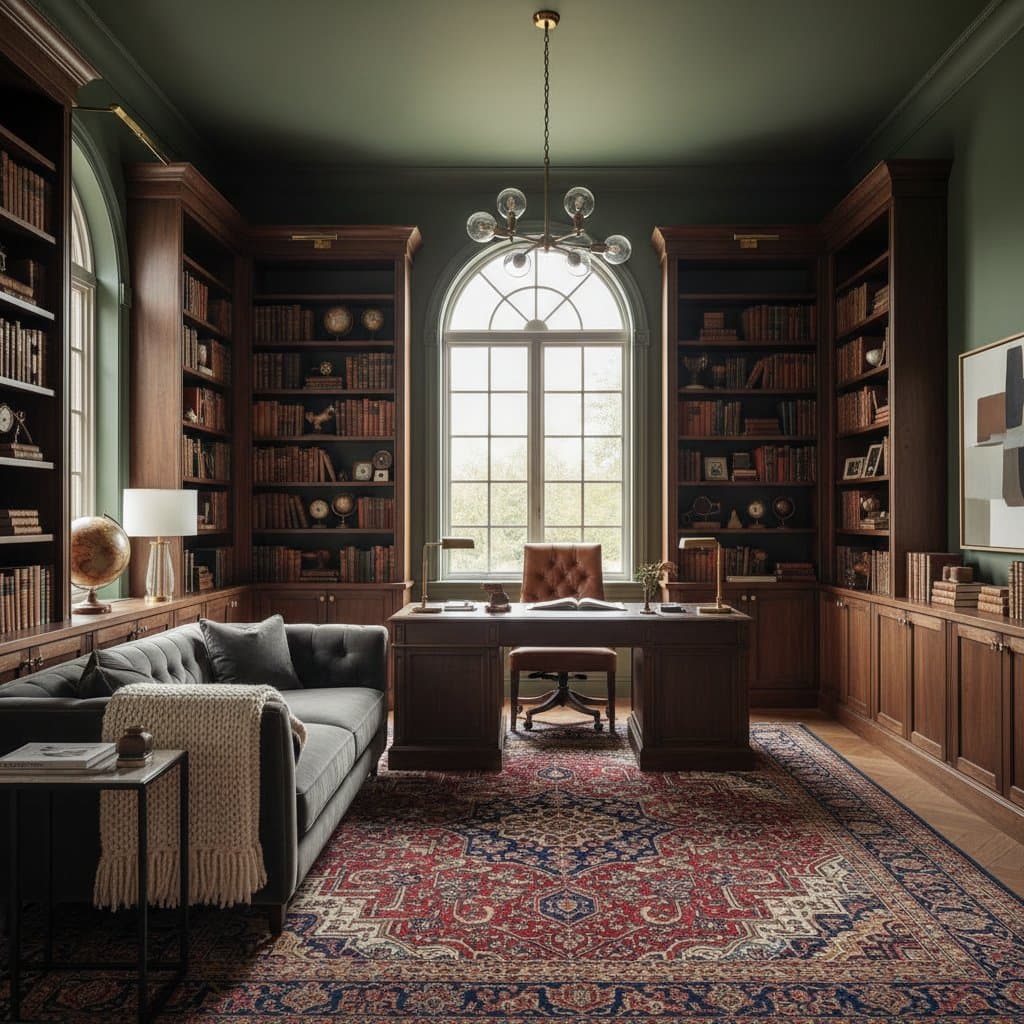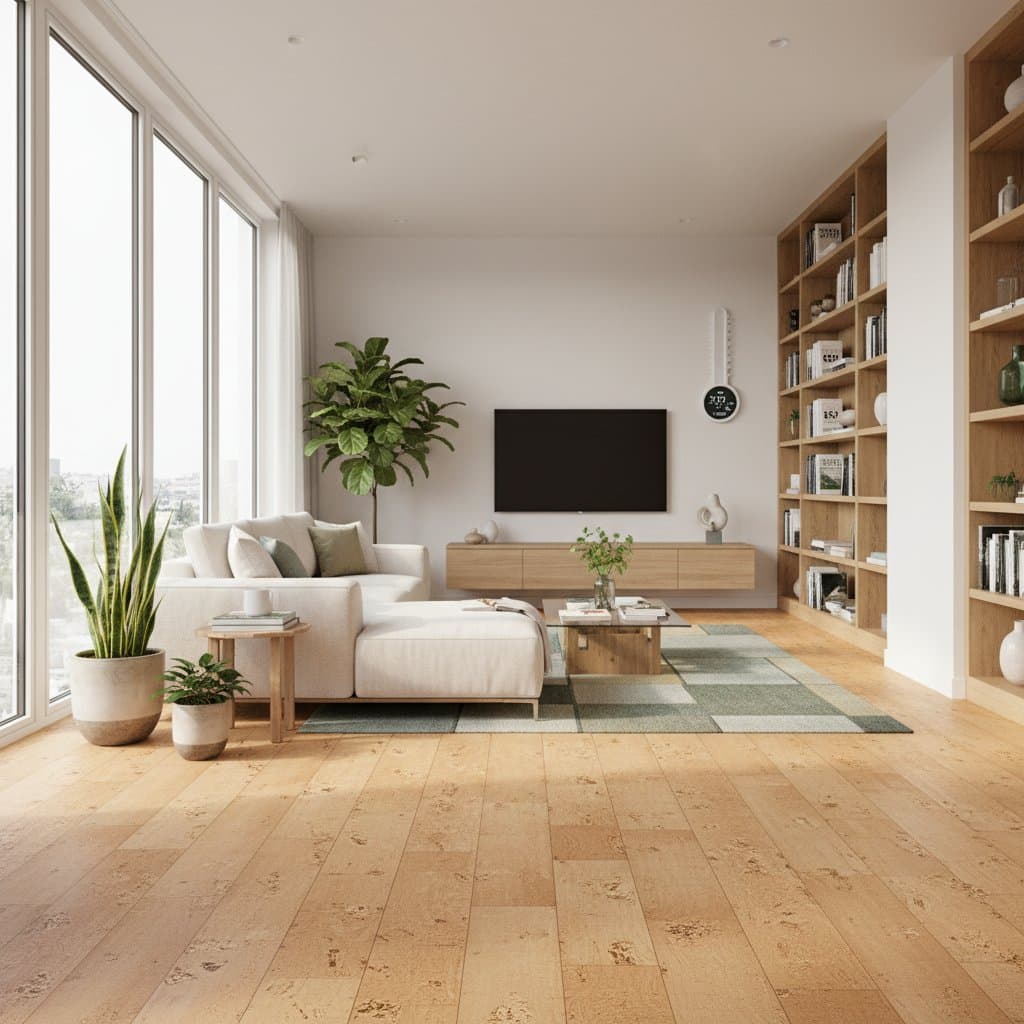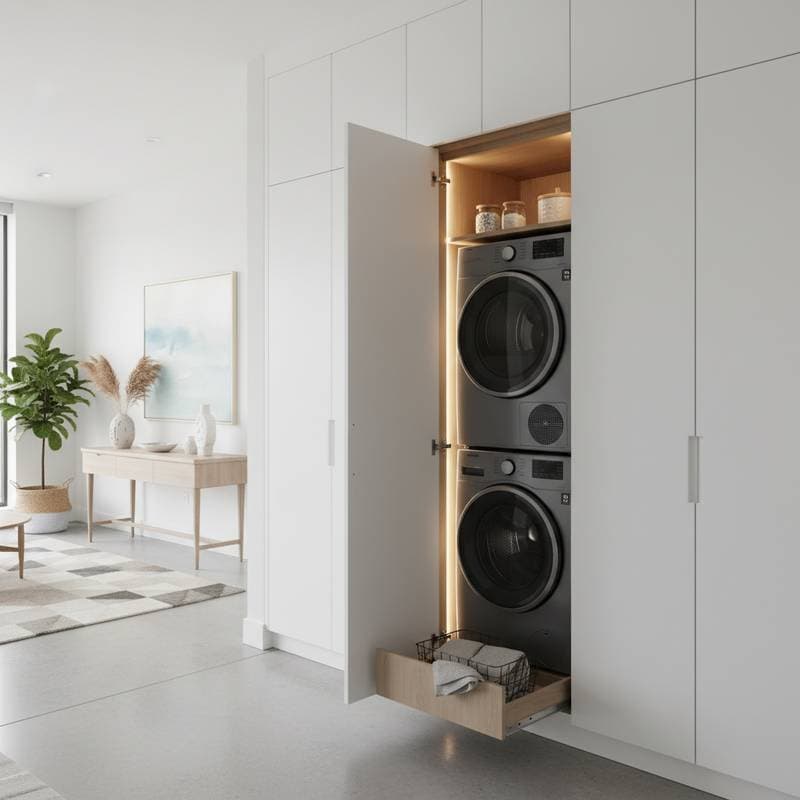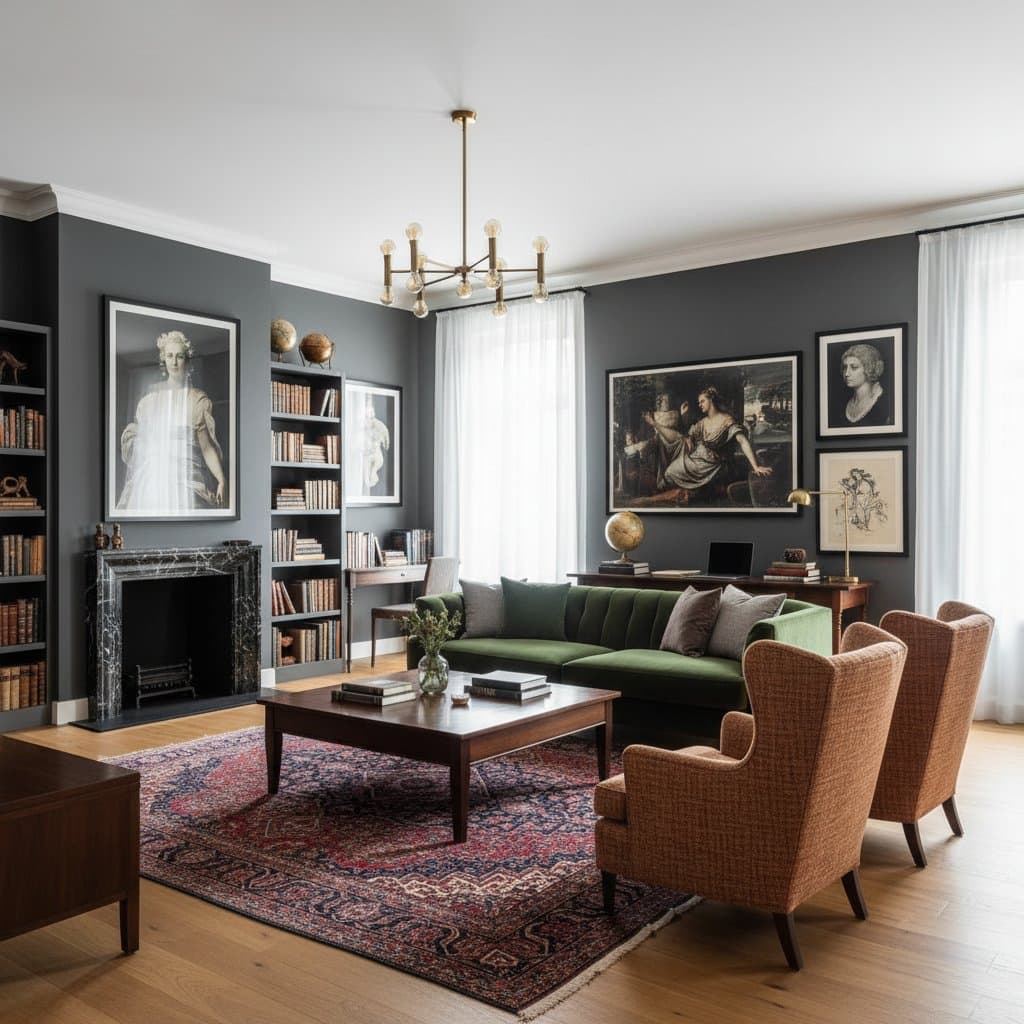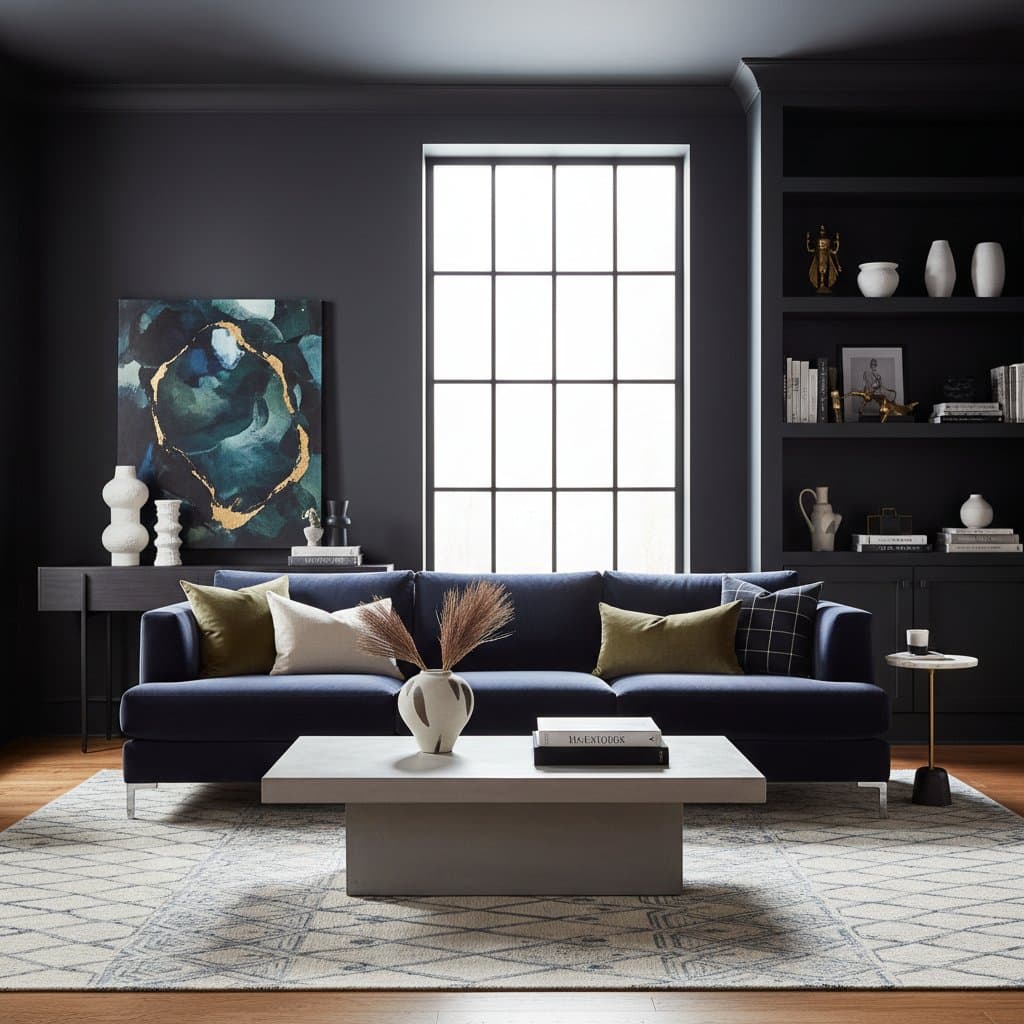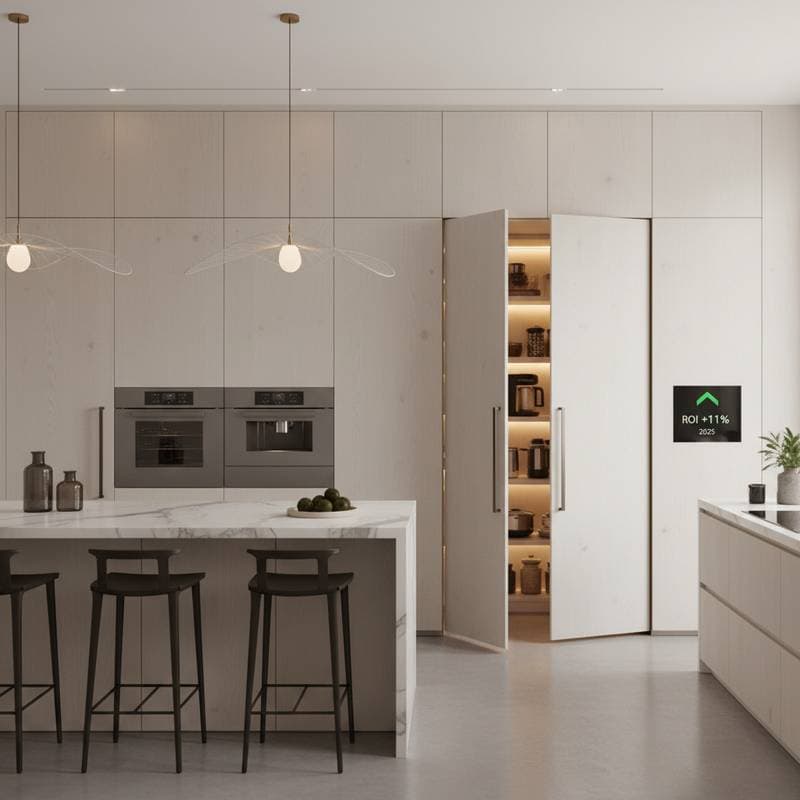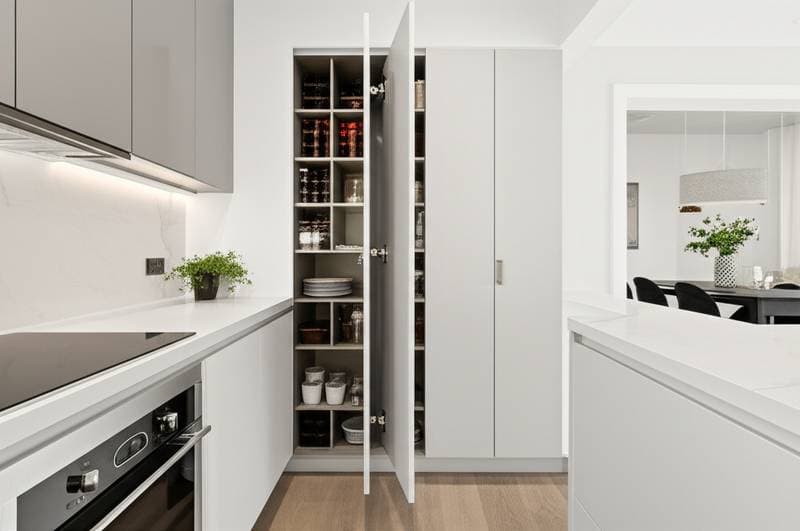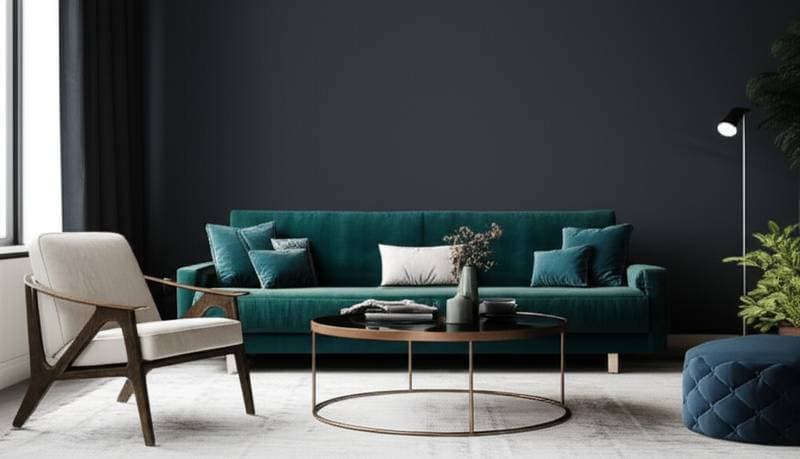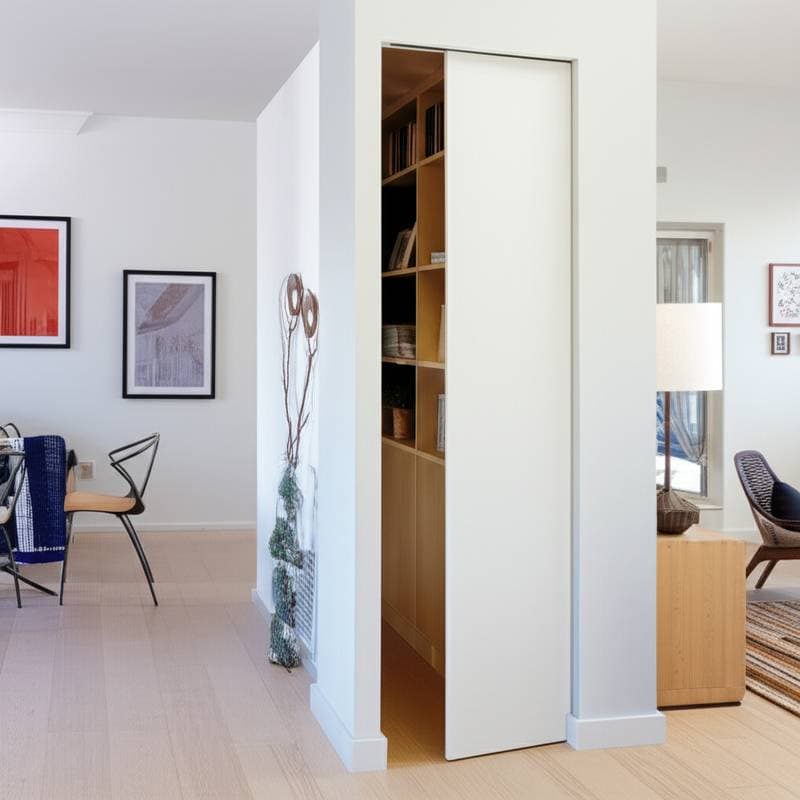Why Dark Academia Design Increases Home Resale Value by 11% in 2025
Homebuyers increasingly favor interiors that evoke a sense of intellectual depth and timeless comfort. Dark Academia design achieves this by transforming ordinary spaces into environments rich with narrative and visual intrigue. Recent market analyses indicate that properties featuring this style command an average 11% premium in resale value, particularly when the design emphasizes layered elements without requiring extensive renovations.
This trend resonates because it appeals to buyers desiring homes that feel established and culturally resonant. Properties staged in Dark Academia often sell 20% faster than comparable listings, as the aesthetic photographs exceptionally well under various lighting conditions. The style's focus on quality materials and subtle sophistication signals a high level of care, justifying elevated price points.
Key Cost Factors for Implementation
Implementing Dark Academia involves selecting elements that blend historical charm with modern functionality. Expenses depend on the scope of the project, from basic updates to comprehensive overhauls. Understanding these factors allows homeowners to allocate resources effectively while maximizing return on investment.
Materials and Finishes
Core materials form the foundation of the design's moody allure. Deep matte paints in shades like charcoal gray, navy blue, or oxblood red typically cost $200 to $700 per room, including primer and application supplies. For added texture, consider Venetian plaster or limewash treatments at $6 to $12 per square foot, which create a subtle, aged patina that enhances wall depth.
Millwork and built-in features, such as library shelving or wainscoting panels, range from $75 to $150 per square foot. These installations provide the most dramatic impact by introducing architectural interest and storage solutions. Furniture selections lean toward vintage-inspired wood pieces or upholstered items in leather and velvet, priced at $400 to $2,500 per room; sourcing from antique markets or refinishing existing items can reduce costs by up to 50%.
Lighting and Fixture Expenses
Effective lighting is essential to capture the style's intimate, candlelit ambiance. Budget $300 to $1,500 for a combination of wall sconces, pendant chandeliers, and adjustable table lamps that layer illumination. Opt for warm white LED bulbs rated below 3000K to mimic natural firelight, ensuring the space feels cozy rather than dim.
Custom fixtures, like brass or wrought-iron designs, add authenticity but increase expenses. Professional installation ensures safety and optimal placement, preventing shadows that could detract from the overall mood.
Labor, Permits, and Additional Considerations
Labor costs for painting dark tones average $2 to $4 per square foot, accounting for multiple coats and precise edging to avoid bleed-through. Electricians charge $400 to $900 for rewiring or fixture mounting, with rates varying by home age and access complexity.
Most surface-level changes, such as painting or furniture arrangement, bypass permitting requirements. However, built-in shelving or electrical modifications in older structures may necessitate inspections to comply with local codes. Allocate an additional 10 to 15 percent of the total budget for unforeseen challenges, including wall repairs or wiring updates.
DIY Approaches Versus Professional Assistance
Homeowners can approach Dark Academia projects through self-directed efforts or expert involvement, depending on skill level and project scale. Each option offers distinct advantages in terms of cost control and quality outcomes.
Suitable Tasks for DIY
Basic elements like painting walls, arranging accessories, and swapping out light fixtures suit those with moderate experience. Acquire essential tools including a sturdy ladder, respirator mask, protective gloves, and safety goggles to handle paints and finishes securely. Always deactivate power at the main breaker prior to any electrical adjustments to minimize risks.
DIY painting requires testing samples in natural and artificial light to confirm color accuracy, as dark hues can appear differently across surfaces. Simple built-ins, such as freestanding bookshelves, provide an entry point without structural commitments.
Scenarios Requiring Professional Expertise
Engage licensed professionals for intricate tasks like custom millwork, plaster applications, or electrical overhauls. Improper preparation of uneven surfaces can lead to visible flaws that undermine the design's polished appearance. Experts complete detailed installations in 2 to 3 days, whereas DIY attempts often extend over multiple weekends.
Consider hiring when encountering indicators of underlying issues, such as cracked plaster, sagging drywall, outdated wiring, or ungrounded outlets. Professionals also ensure compliance with building standards, preserving the home's insurability and resale eligibility. While DIY reduces expenses, maintaining professional-grade quality is crucial; subpar execution can diminish perceived value and deter buyers.
Ongoing Maintenance and Warranty Guidance
Dark Academia elements develop a desirable patina over time when cared for properly, enhancing their antique appeal. Regular upkeep preserves the investment and supports long-term value retention.
For paint maintenance, store excess product in airtight containers for targeted touch-ups, as matte surfaces may show scuffs from daily use. Wood furnishings benefit from applications of protective wax every 6 to 12 months to sustain their rich sheen and prevent drying. Maintain lighting consistency by replacing bulbs in uniform sets, avoiding variations in warmth that disrupt the ambiance.
Upholstery and fabrics require periodic rotation of cushions and gentle vacuuming to combat dust accumulation and color fading from sunlight exposure. Built-in cabinetry or millwork from professionals usually includes warranties spanning 1 to 3 years; retain documentation and receipts to substantiate value during property appraisals or sales.
Essential Safety Measures and Regulatory Compliance
Decorative renovations involve minor hazards that demand proactive precautions. Adhering to safety protocols protects occupants and upholds project integrity.
Equip yourself with gloves, goggles, a dust mask, and stable footwear for all hands-on work. Ensure adequate ventilation during painting or staining to disperse fumes effectively. Verify that all lighting uses grounded outlets to prevent electrical faults.
Deactivate electricity at the breaker before manipulating fixtures, and disconnect lamps during bulb changes or cleaning. Permits are unnecessary for non-invasive alterations like painting or decor placement, but wall-attached built-ins or rewiring often require official review. Contact your local building authority in advance if modifications involve structural elements, as oversights may complicate sales processes or insurance claims.
Practical Steps to Launch Your Project
Embark on a Dark Academia transformation with a structured plan to achieve seamless results. Begin by selecting a focal area, such as a home office, reading nook, or guest room, where the style's intellectual vibe aligns naturally.
Establish a realistic budget categorized into entry-level, moderate, or high-end tiers, reserving 10 percent for unexpected adjustments. Draw inspiration from reputable design publications and architect-curated portfolios to inform layouts and material choices, steering clear of fleeting social media fads.
Procure paints, fixtures, and hardware ahead of labor scheduling to sidestep interruptions. Schedule a brief consultation with a designer to refine selections and avert common pitfalls like disproportionate scales or clashing tones. Document all expenditures meticulously, as qualifying projects may offer tax benefits for designated home office spaces.
For listing preparation, illuminate spaces with warm lighting and curate minimal arrangements to highlight the design's elegance in photographs. This strategic staging amplifies buyer appeal and underscores the home's elevated market position.
Realizing Lasting Value Through Thoughtful Execution
A well-executed Dark Academia design harmonizes subtlety with opulence, emphasizing contrasts in light and shadow alongside tactile textures. This approach not only captivates prospective buyers but also fosters enduring personal enjoyment. By prioritizing precision in every detail, homeowners unlock substantial equity gains while cultivating spaces that inspire reflection and comfort.

